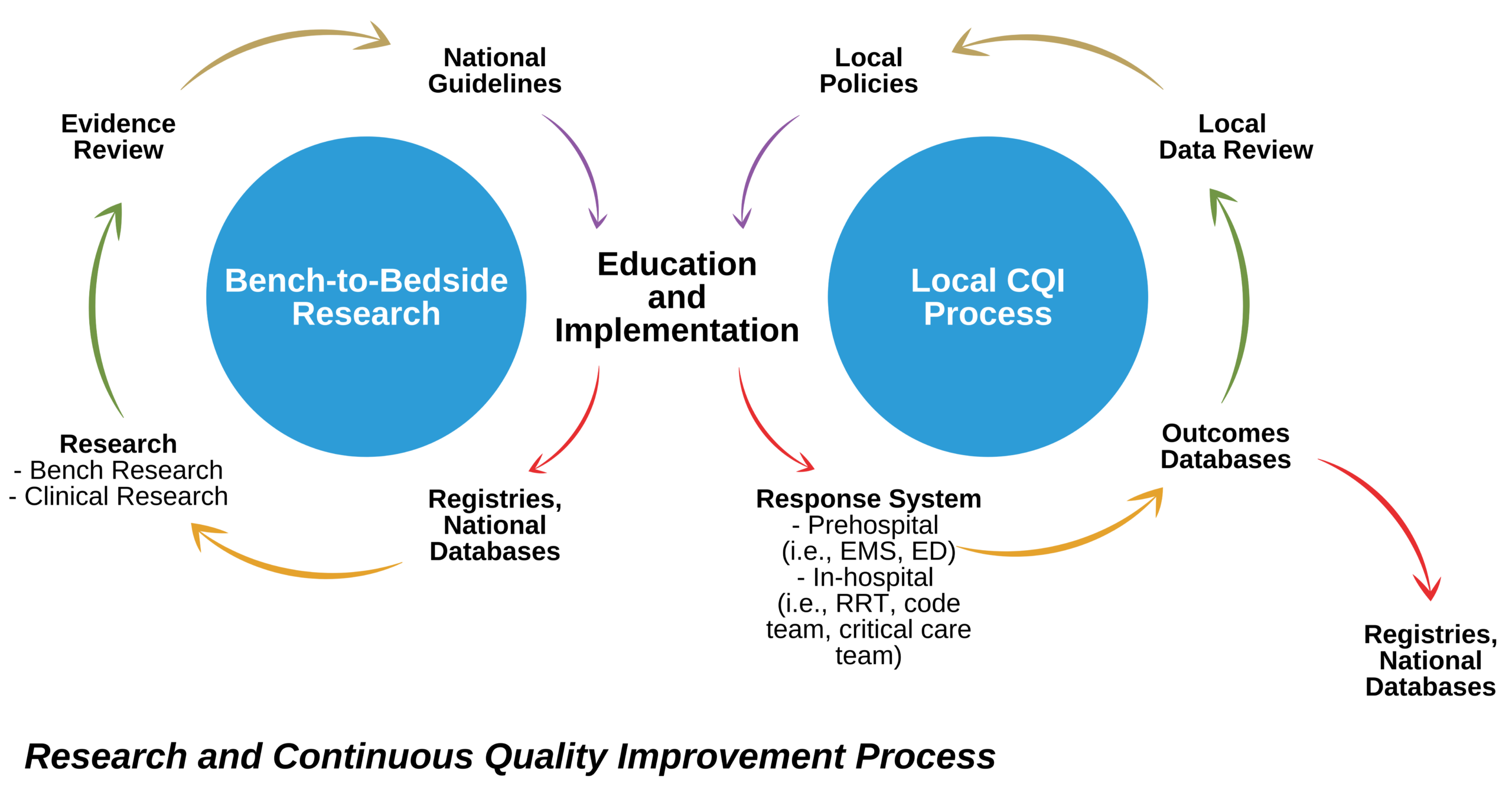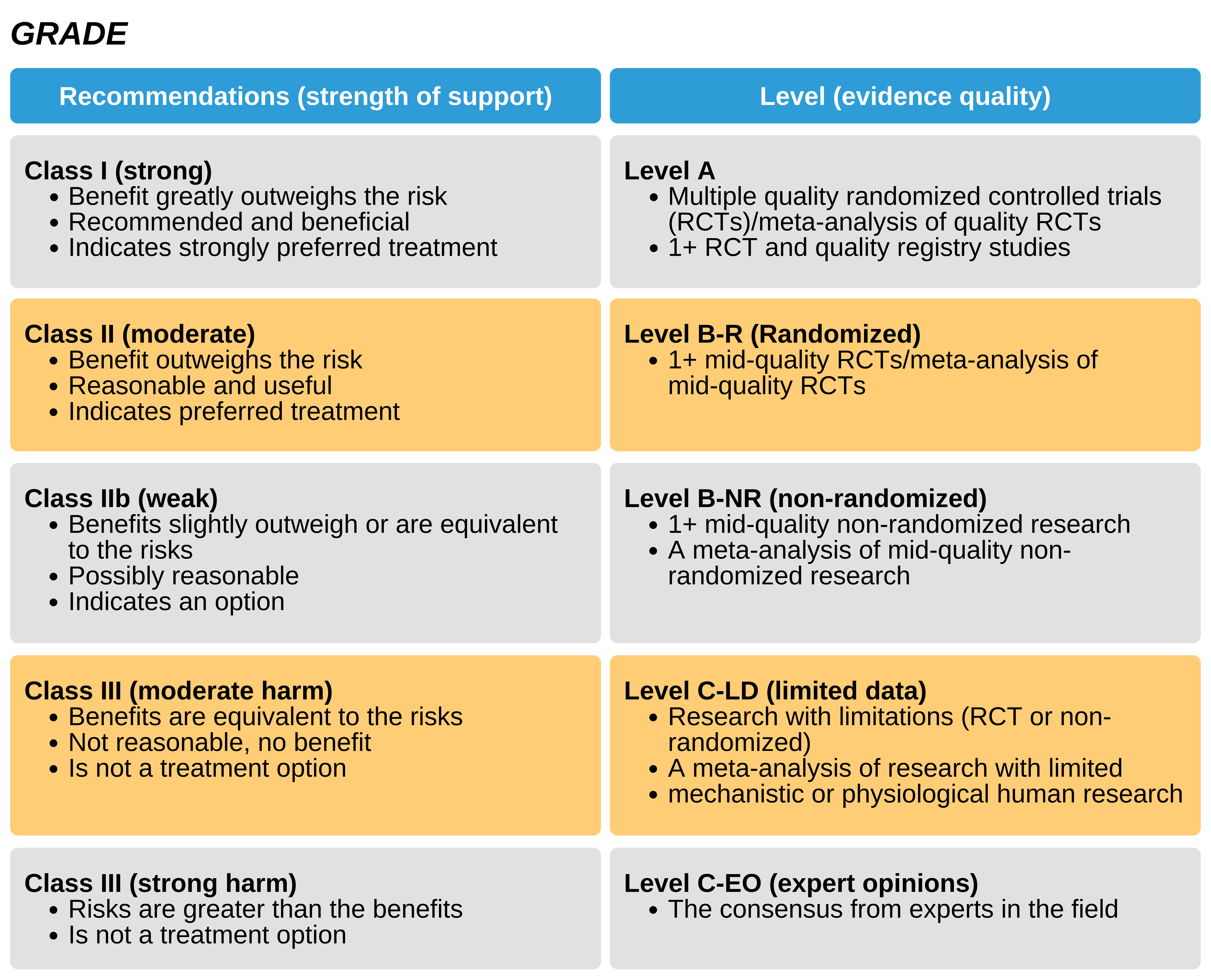Resuscitation Guidelines
To reduce the number of deaths from cardiac arrest in the hospital, there must be an ongoing assessment of cardiac arrests. The AHA has a CPR registry to accomplish this goal, which allows hospitals to review the collective cardiac arrest data and implement programs to improve resuscitation quality internally.
Related Video: One Quick Question: What are ACLS Algorithms?
Related Video: ACLS Algorithms
Determine reasons the AHA guidelines are not implemented
While there has been an improvement in survival following OHCA, there is a wide range of time to adopt the AHA guidelines on Emergency Cardiovascular Care (ECC) and CPR, with a range between 49 and 750 days (average of 415 days).
There are three main reasons for delays:
- Delayed instruction – related to instructors, training materials, and training sessions;
- Delayed defibrillators – related to updating and restocking defibrillators;
- Decisions – related to coordination with other agencies, government regulations, medical direction, internal ineptitude, and participation in ROC.
Identifying and addressing these delays are vital to ensuring the most updated guidelines are implemented to save lives.
From research to saved lives
The guidelines are based on basic science and clinical research that provides evidence to determine the best methods for saving lives following cardiac arrest. Experts review the most recent studies to develop classes of recommendation (COR) and levels of evidence (LOE) that inform the guidelines. This process is repeated regularly to evaluate the newest research and ensure the guidelines remain evidence-based. This continuous process includes research and local Continuous Quality Improvement (CQI) efforts as diagrammed below:

Research and Continuous Quality Improvement Process
What causes guidelines to change?
Guidelines for resuscitation are based on evidence and consensus from medical experts. AHA and the International Liaison Committee for Resuscitation (ILCOR) do a full update of the guidelines every 5 years with updates to the science every year. The International Consensus of CPR and ECC for Treatment Recommendation (CoSTR) and ILCOR used a specific grade of recommendations assessment, development, and evaluation (GRADE) to provide its systematic review of the evidence.

This system is widely used by large healthcare organizations and necessitates specific documentation of the reasons for each recommendation. It further incorporates the populations, interventions, comparators, and outcomes (PICO) model to ensure guidelines are appropriate at each level of inquiry.

Using GRADE and PICO, experts in the field of emergency medicine evaluate the new research. They make recommendations according to the strength of the most updated evidence.
Research continues to indicate that high-quality CPR is the backbone of care for cardiac arrest and that the most important outcomes are maintained life quality and functional health.
The 2015 updates signaled a new method for evaluating research in the field. Rather than waiting every 5 years to review and update guidelines, research is reviewed continuously to keep up with new findings. The findings are easily available and editable online to ensure that updates that benefit patient’s lives are continuous.